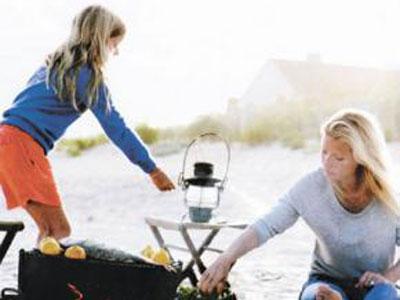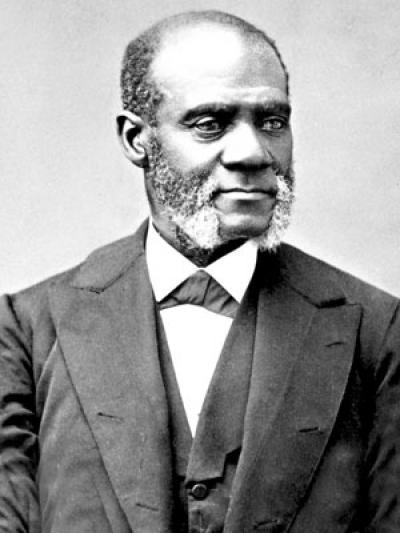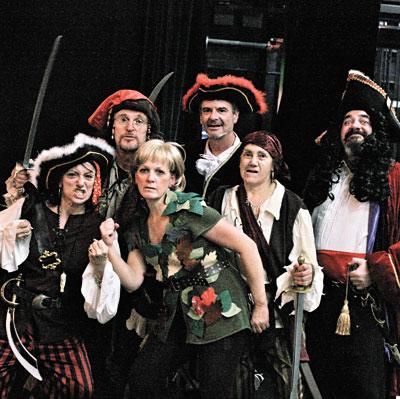Roast for Bay Street
Roast for Bay Street
Four Bay Street Theatre supporters will be honored Saturday at a benefit dinner at East Hampton Point restaurant that will feature a performance by Joy Behar. David Bray, Ana R. Daniel, Michael Grim, and James Osburn will be thanked — and roasted — during the 8 p.m. event. Tickets cost $175, or $300 for a couple.
Mr. Bray was one of Bay Street’s original board members and a founding partner of Allan Schneider Associates, once one of the South Fork’s more notable real estate firms. Ms. Daniel was the founding chairwoman of the Bay Street Theatre’s board. Mr. Grim and Mr. Osburn are the owners of the Bridgehampton Florist, which contributes to the theater regularly. Reservations are with the Bay Street Theatre main office in Sag Harbor.



